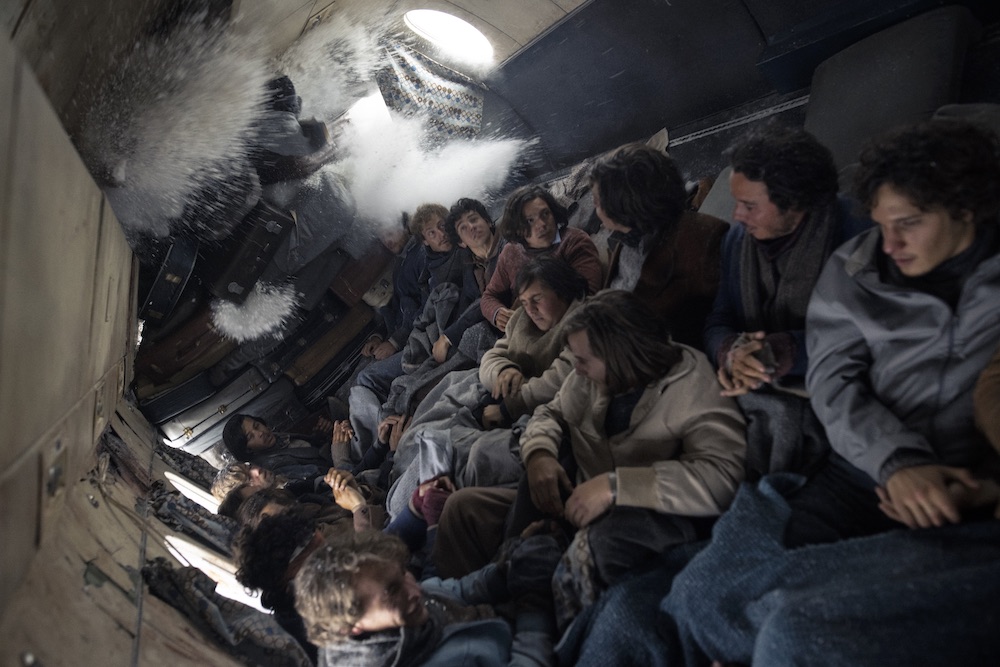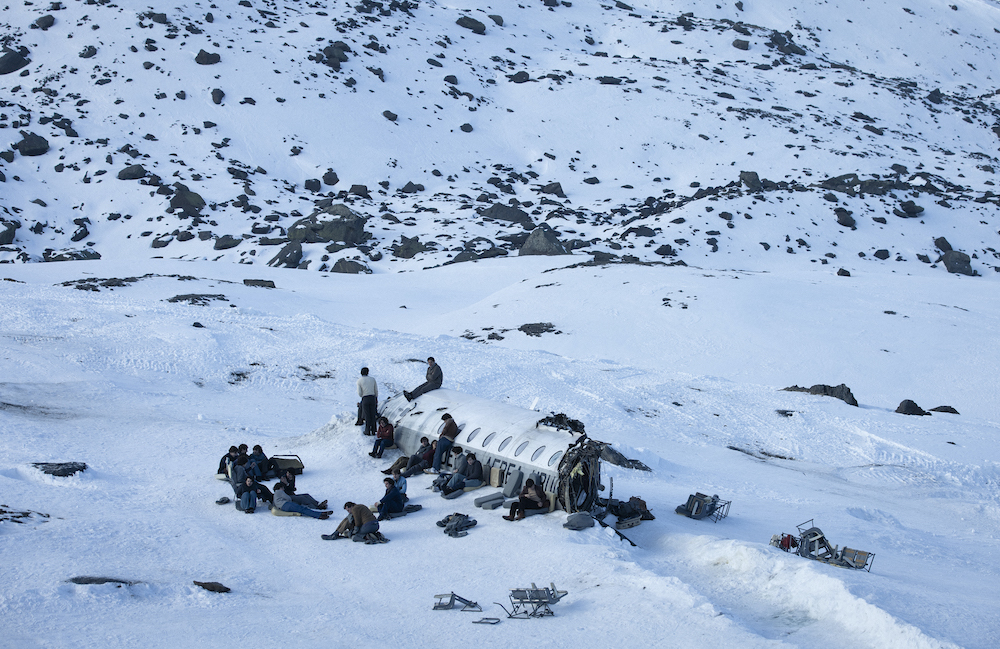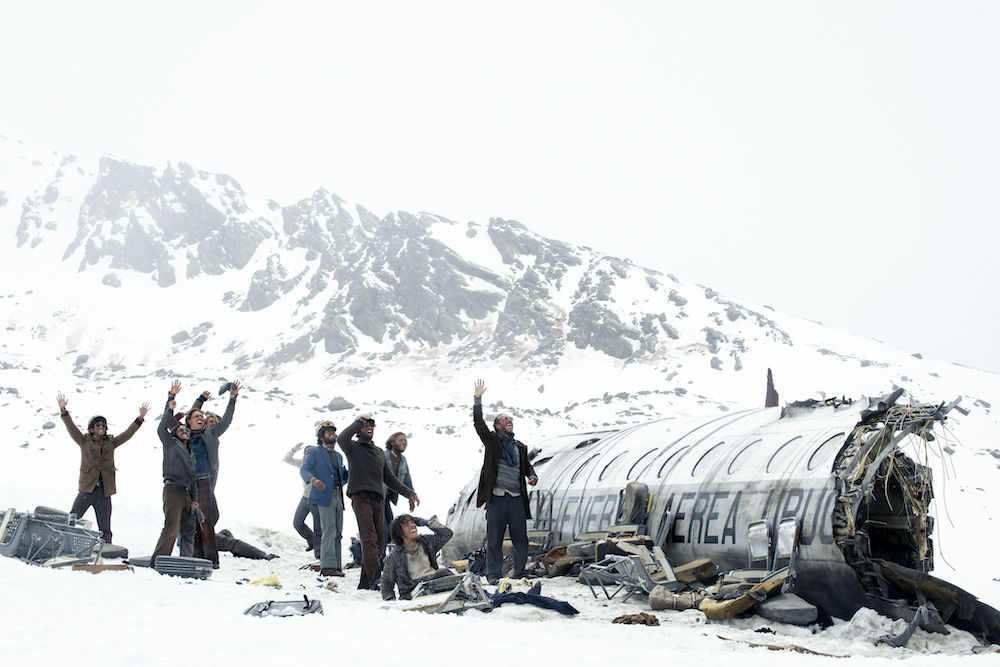Netflix’s ‘Society of the Snow’ takes the audience through the drastic ordeal suffered by a group of people who were stranded in the Andes after a plane crash. The story focuses on their 72-day struggle for survival as their numbers dwindle with each passing day. The story is eye-opening and heart-shattering as we watch the passengers, most of whom are barely out of their teens and in their early 20s. While watching them go through all that, the question arises again and again: how did they end up in this situation? What made the plane crash?
The Weather and Miscalculation Resulted in the Crash of Flight 571
The results of the official investigation that was focused on finding out how the plane crashed revealed that one of the major factors behind the crash was pilot error. The plane was Fairchild FH-227D and was chartered for the Montevideo rugby team, which had to go to Santiago, Chile, for a match. The first major change in their itinerary came when they were forced to make a stop in Mendoza, Argentina, due to the bad weather.

Colonel Julio César Ferradas was the pilot. He had a lot of experience under his belt. He had flown several times over the Andes, which is why he didn’t consider it a very dangerous endeavor to take Flight 571 through the same path, even when it was considered a bit tricky by some. On the controls was co-pilot Lieutenant-Colonel Dante Héctor Lagurara, who was being trained to fly through the terrain. Everything went well initially, and the flight should have reached its destination in time. But then, the weather started to get worse once they were over the Andes.
Thick clouds covered the path, leaving the pilots blind about their surroundings. They flew under instrument meteorological conditions, but their true locations could not be confirmed visually. This is what led to the miscalculation later. Nando Parrado, one of the survivors of the crash, described the flight’s path through Planchon pass, revealing that the cloud cover rendered visibility to nearly zero and the plane experienced severe turbulence. But that didn’t scare the passengers just yet.
According to Roberto Canessa, when the pilot asked them to fasten their seatbelts, predicting some turbulence, the players didn’t read too much into it. Instead, they played around, singing songs, saying that the plane was “dancing conga.” It was when the clouds dispersed that they saw how low they’d been flying, and someone wondered if they were “flying too close to the mountains.”
Reportedly, Lagurara thought that they’d be crossing into Curicó soon, and having miscalculated the timing, he notified the air controllers about their position, which they could not verify visually. The plane was authorized for descent, and around the same time, it hit an air pocket and dropped “several hundred feet.” Canessa added that the pilot had grossly miscalculated their position and started the descent when they were still in the mountains. Once the error was realized, the pilots tried to gain control of the situation, and in trying to get the plane to a higher altitude, it flew nearly vertically, but it didn’t have enough power to do that.

Before it could reach the desired height, the plane met the mountains and crashed into the peak. In the first turn of damage, the wings of the plane were torn away from it. Immediately after this, the fuselage and the tail section were broken, with the latter falling back while the fuselage continued to fly further for a short distance. The plane’s navigator, the steward, and three passengers were lost when the tail section broke away.
The fuselage fell and descended 2,379 ft down the valley and came to a stop with a sudden halt that caused more damage. According to Parrado, the plane’s “nose was crumpled like a paper cup.” The force of the brake was such that the seats smashed into each other, with the passengers receiving the brunt of the force. Reportedly, the fuselage landed about 80km east from the intended path, leaving the passengers stranded in the snow-capped Andes.
The pilot, Ferradas, died in the crash, but the co-pilot, Lagurara, survived it. However, he was badly hurt. He died the next day of his injuries and is said to have told the passengers that they’d passed Curicó, which was a mistake because the plane was still in Argentina. While most of the passengers survived the crash, a lot of them suffered injuries, with all the injured eventually dying, leaving only 16 to survive in the end.
Read More: Society of the Snow: Were Flight 571 Victims’ Remains Found?

